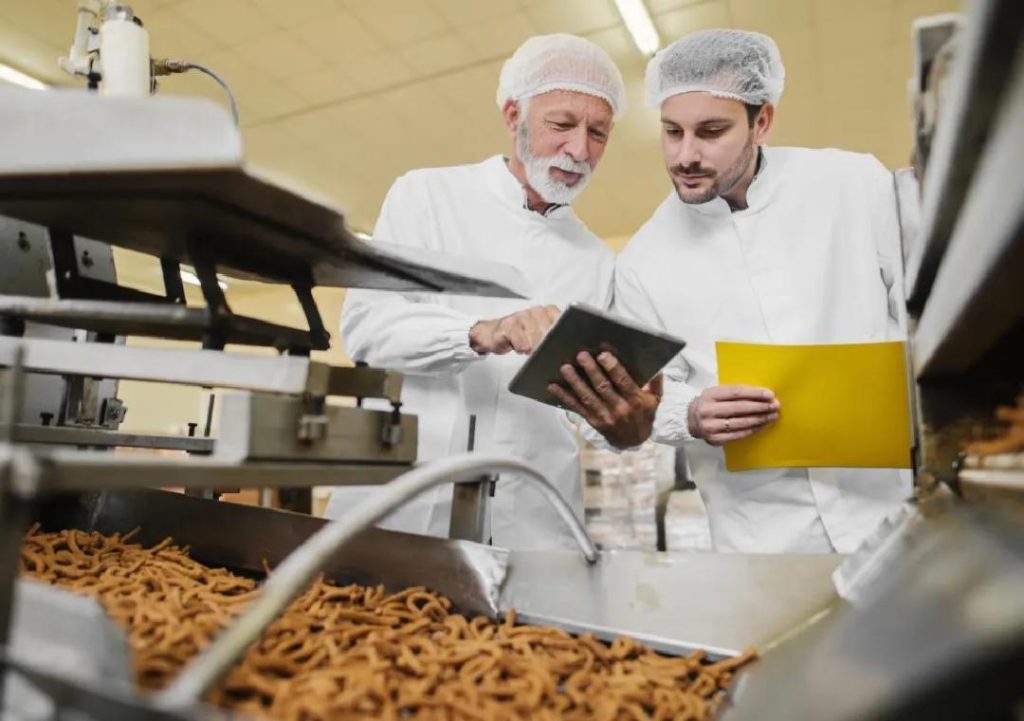
Can P&L Optimisation Redefine Success in Food Technology?
The food technology industry has undergone significant transformations in recent years, driven by advances in automation, data analytics, and smart inventory systems. These innovations have enabled companies to streamline their profit and loss (P&L) operations, leading to improved profitability and competitiveness. In this blog post, we’ll explore how P&L optimisation can redefine success in food technology and how businesses can adopt scalable models to achieve sustainable growth.
The Challenge of P&L Operations in Food Technology
Food technology companies face unique challenges in managing their P&L operations. The industry is characterised by high production costs, short product lifecycles, and intense competition. Companies must constantly adapt to changing consumer preferences, regulatory requirements, and supply chain disruptions to remain competitive. Effective P&L management is critical to ensuring profitability, as even small inefficiencies can have a significant impact on the bottom line.
The Importance of Automation in P&L Optimisation
Automation plays a vital role in P&L optimisation in food technology. Automated systems can help companies streamline their operations, reduce waste, and improve demand forecasting. For example, automated inventory management systems can track stock levels in real-time, alerting production teams to potential shortages or overstocking. This enables businesses to adjust production schedules accordingly, reducing the risk of stockouts or overproduction.
Automated systems can also help companies improve their supply chain management. By tracking shipments and inventory levels in real-time, businesses can identify potential bottlenecks and take corrective action to avoid delays or stockouts. This enables companies to respond quickly to changes in demand, ensuring that products are delivered to customers on time and in full.
The Role of Data Analytics in P&L Optimisation
Data analytics is another critical component of P&L optimisation in food technology. By leveraging data analytics, companies can gain insights into their operations, identify areas for improvement, and make data-driven decisions. For example, data analytics can help companies identify trends in consumer behaviour, allowing them to develop targeted marketing campaigns and adjust production schedules accordingly.
Data analytics can also help companies improve their demand forecasting. By analysing historical sales data and seasonal trends, businesses can develop accurate forecasts, reducing the risk of overproduction or underproduction. This enables companies to adjust their production schedules and inventory levels accordingly, ensuring that products are delivered to customers on time and in full.
The Benefits of P&L Optimisation in Food Technology
The benefits of P&L optimisation in food technology are numerous. By streamlining their operations, companies can reduce waste, improve demand forecasting, and support better decision-making. This enables businesses to boost their margins, ensure sustainable growth, and stay competitive in the industry.
Some of the key benefits of P&L optimisation in food technology include:
- Improved profitability: By reducing waste and improving demand forecasting, companies can increase their profitability and competitiveness.
- Enhanced decision-making: Data analytics and automation enable companies to make data-driven decisions, reducing the risk of errors and improving the accuracy of forecasting.
- Increased efficiency: Automated systems and data analytics can help companies streamline their operations, reducing the risk of errors and improving productivity.
- Better supply chain management: By tracking shipments and inventory levels in real-time, companies can identify potential bottlenecks and take corrective action to avoid delays or stockouts.
- Competitive advantage: Companies that adopt P&L optimisation strategies can gain a competitive advantage in the market, enabling them to stay ahead of the competition and drive growth.
Case Studies in P&L Optimisation in Food Technology
Several food technology companies have successfully implemented P&L optimisation strategies, achieving significant improvements in profitability and competitiveness. Here are a few case studies that illustrate the benefits of P&L optimisation in food technology:
- Company X, a leading producer of specialty sauces, implemented an automated inventory management system to track stock levels in real-time. This enabled the company to reduce inventory levels by 20%, saving $500,000 in inventory costs.
- Company Y, a leading manufacturer of frozen foods, implemented a data analytics platform to improve demand forecasting. This enabled the company to reduce production costs by 15%, resulting in a 10% increase in profitability.
- Company Z, a leading producer of organic produce, implemented a smart inventory system to track inventory levels and monitor supply chain disruptions. This enabled the company to reduce waste by 10%, saving $200,000 in waste reduction costs.
Conclusion
P&L optimisation is critical to success in food technology, enabling companies to streamline their operations, reduce waste, and improve demand forecasting. By adopting automation, data analytics, and smart inventory systems, businesses can gain a competitive advantage in the market, drive growth, and ensure sustainable profitability. As the industry continues to evolve, companies that adopt P&L optimisation strategies will be better positioned to meet the challenges and opportunities of the future.
News Source:
https://www.growthjockey.com/blogs/p-and-l-operations-in-food-tech






